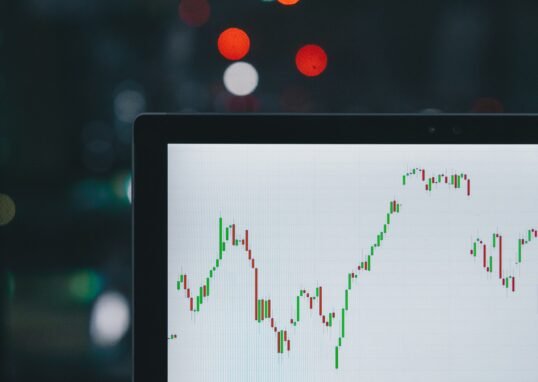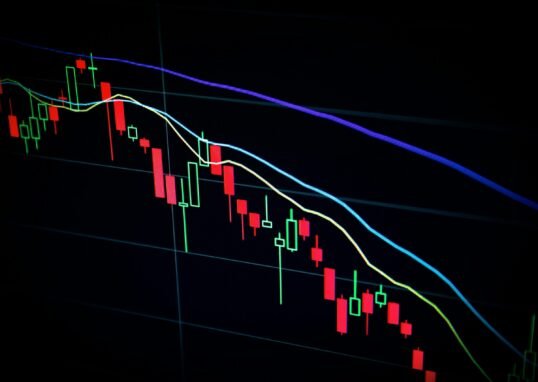
Risk management is a crucial process that individuals, organizations, and businesses undertake to identify, assess, and mitigate potential risks that could impact their objectives and success. By implementing effective risk management strategies, individuals and organizations can proactively address uncertainties, minimize potential losses, and secure a path towards achieving their goals.
Understanding Risk Management
Risk management involves a systematic approach to identifying, assessing, and managing potential risks and their potential impacts. It encompasses a range of activities, such as identifying potential risks, evaluating their likelihood and severity, and implementing measures to mitigate or eliminate them. These measures can include risk avoidance, risk reduction, risk transfer, or risk acceptance.
Effective risk management requires a comprehensive understanding of the potential risks that an individual or organization may face. It involves analyzing internal and external factors, such as financial risks, operational risks, legal and regulatory risks, technological risks, and market risks. By identifying and understanding these risks, individuals and organizations can make informed decisions to protect their interests and ensure long-term sustainability.
The Importance of Risk Management
Risk management plays a vital role in safeguarding success and minimizing potential negative impacts. Here are some key reasons why individuals and organizations should prioritize risk management:
1. Protection against Uncertainties
Life is full of uncertainties, and risks are an inherent part of any endeavor. By implementing risk management strategies, individuals and organizations can anticipate potential risks and develop proactive measures to mitigate their impact. This helps protect against unforeseen events and ensures continuity in the face of adversity.
2. Minimization of Potential Losses
Risks can lead to financial losses, reputation damage, operational disruptions, and legal liabilities. Through risk management, individuals and organizations can identify potential risks, assess their potential impacts, and take appropriate actions to minimize potential losses. By doing so, they can protect their financial resources, reputation, and overall well-being.
3. Enhanced Decision Making
Risk management provides individuals and organizations with valuable insights into potential risks and their potential impacts. This information enables informed decision making, allowing for the development of effective strategies to address risks and seize opportunities. By considering potential risks in decision-making processes, individuals and organizations can make more accurate and prudent choices.
4. Compliance with Legal and Regulatory Requirements
Risk management helps individuals and organizations comply with legal and regulatory requirements. By identifying and addressing potential risks, they can ensure compliance with applicable laws, regulations, and industry standards. This not only helps avoid legal penalties but also fosters a culture of ethical and responsible behavior.
5. Competitive Advantage
Implementing effective risk management strategies can provide a competitive advantage. By identifying and addressing potential risks, individuals and organizations can enhance their operational efficiency, protect their assets, and build trust with stakeholders. This can differentiate them from competitors and position them as reliable and trustworthy partners in the marketplace.
Conclusion
Risk management is a critical process that individuals and organizations should prioritize to safeguard their success. By identifying, assessing, and mitigating potential risks, individuals and organizations can protect their interests, minimize potential losses, and make informed decisions. Whether it is in personal life or business, effective risk management provides the foundation for long-term sustainability and growth.








